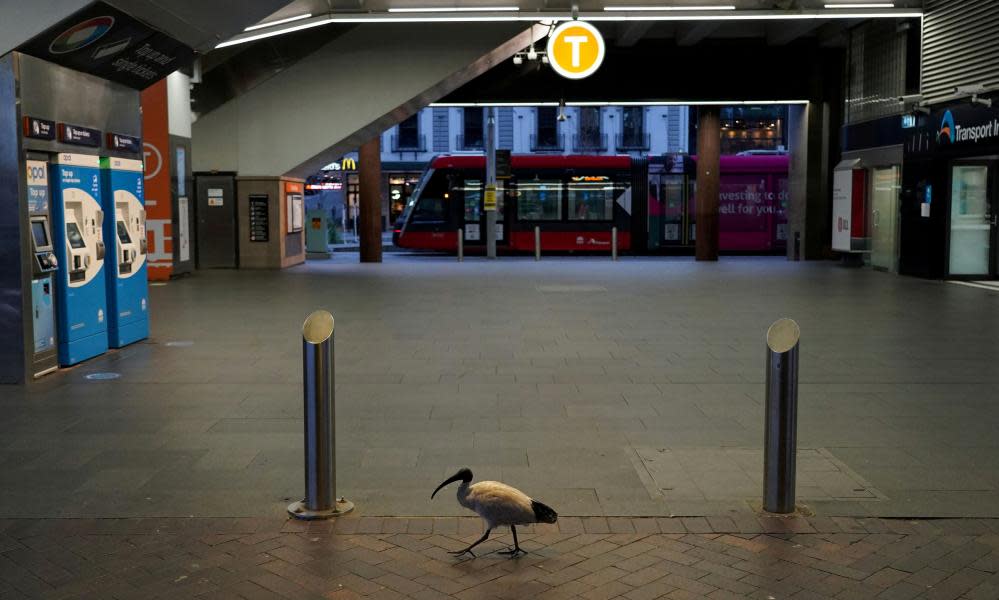Australia’s 2021 census will provide key data on pandemic, experts say

Do you know where you’ll be staying on the night of 10 August? If you live in greater Sydney, the lockdown means that question isn’t too hard to answer a week ahead of time.
It’s one of a number of questions in the 2021 Australian census which will be largely shaped by Covid-19 outbreaks and lockdowns, meaning the results delivered in a few months’ time may be substantially different than we may see in a census outside a one-in-100-year pandemic.
Questions about where you work, the job you have and what mode of transport you take to work are all likely to vary depending on whether you’re in lockdown or not.
The Australian Bureau of Statistics said despite lockdowns in parts of Queensland and New South Wales this week, the census would go ahead and would provide the first major data insight on the impacts of the pandemic in Australia.
Related: ‘Censusfail’ hangs over Australian Bureau of Statistics as it prepares for 2021 survey
“Like every census, it takes a snapshot of Australia at a specific point in time and there are substantial benefits in understanding the circumstances of Australian families in 2021,” an ABS spokesperson said.
“For example it will tell us the profile of who is moving and give us a detailed picture of the changing employment profile and work practices of people in metropolitan and regional Australia.
“It will also provide evidence of where population growth has fluctuated and the impact of the pandemic on other factors, such as remote work practices, or changes in employment type.”
Prof Jonathan Corcoran, director of the Queensland Centre for Population Research, has previously studied census data on how people commute and told Guardian Australia the timing of the census was a great opportunity to determine how the pandemic has and will change how people work.
“I think it’s actually a really useful point in time right now to see the extent to which things have changed,” he said.
“Whether or not those shifts in working from home – and there are suggestions that we might see a longer term shift for office workers in particular – and whether or not that’s going to be sustained will only be picked up not in this census, but the next one.”
He said one key interest would be whether people had shifted away from using public transport in the pandemic back to cars and whether that would be sustained in the long term.
Corcoran said it would also be useful to show what industries had been most affected during the pandemic, in terms of being able to work at all, or those who still worked in a workplace or from home.
He said the differences in work and travel between locations in Australia would also be revealing, depending on the lockdown restrictions between Sydney, Brisbane, Melbourne and other parts of Australia.
The ABS is planning on around 75% of the population taking the survey online. Among other strategies to limit the issues that plagued the 2016 census, people have been able to fill out their census this year as soon as the digital code arrived in the mail.
Those who cannot fill out the census form online can also request a paper copy and mail it back to the ABS free of charge.
There will be 20,000 field officers out across Australia to assist with the census and the ABS said Covidsafe plans have been developed and tested during census trials in October 2020.
“Field activity by census staff is more common in areas where internet access or postal services are less reliable or where communities need extra help to complete the census. Where we do need to work in the community, we will do so safely and in accordance with all public health orders,” said Andrew Henderson, the census executive director.
“Ultimately, the health and safety of our census staff and members of the community is our highest priority.”
Data collected in the census will be released by the ABS in three phases – in June and October 2022 and in March 2023.

 Yahoo Movies
Yahoo Movies 
